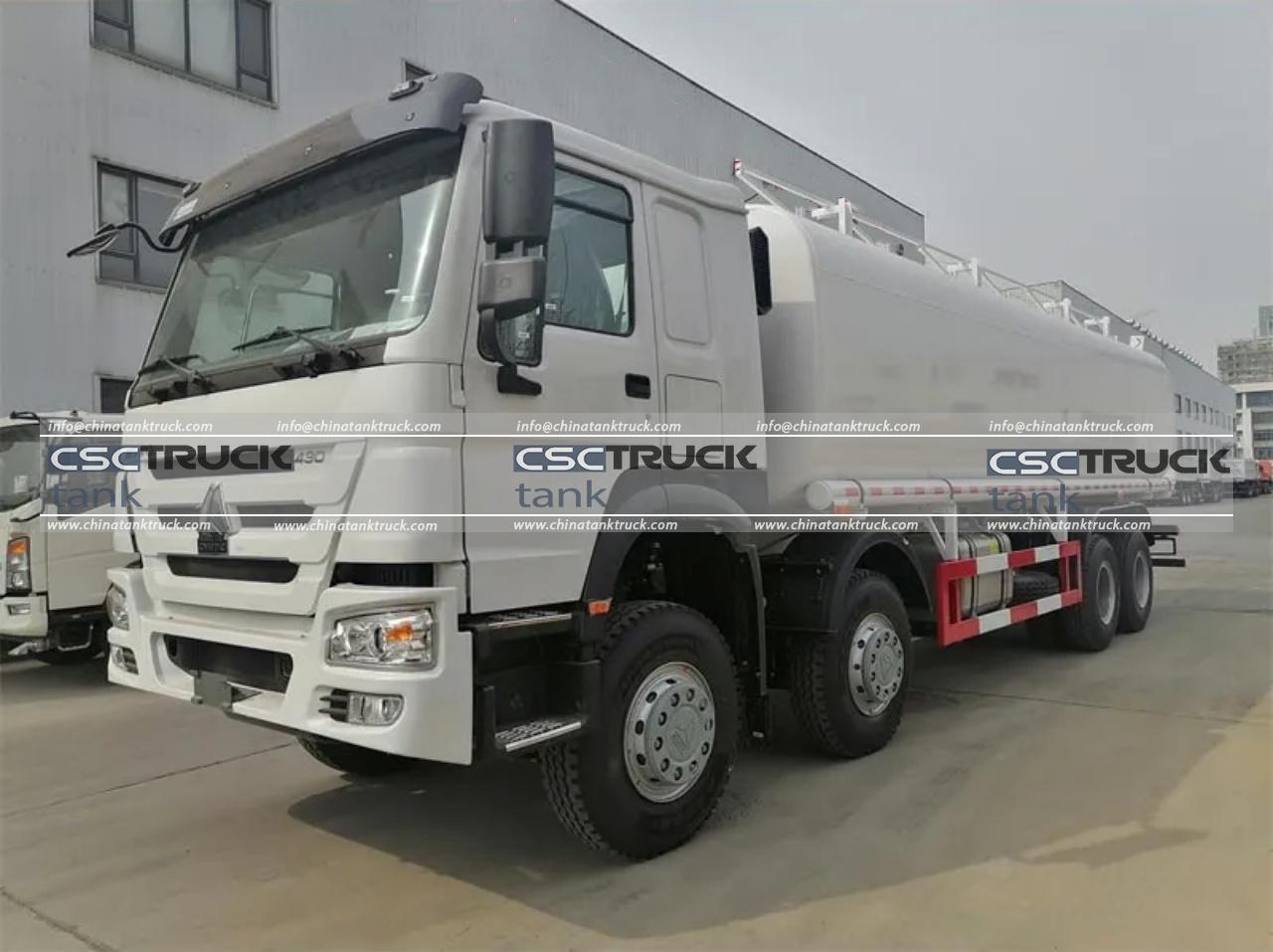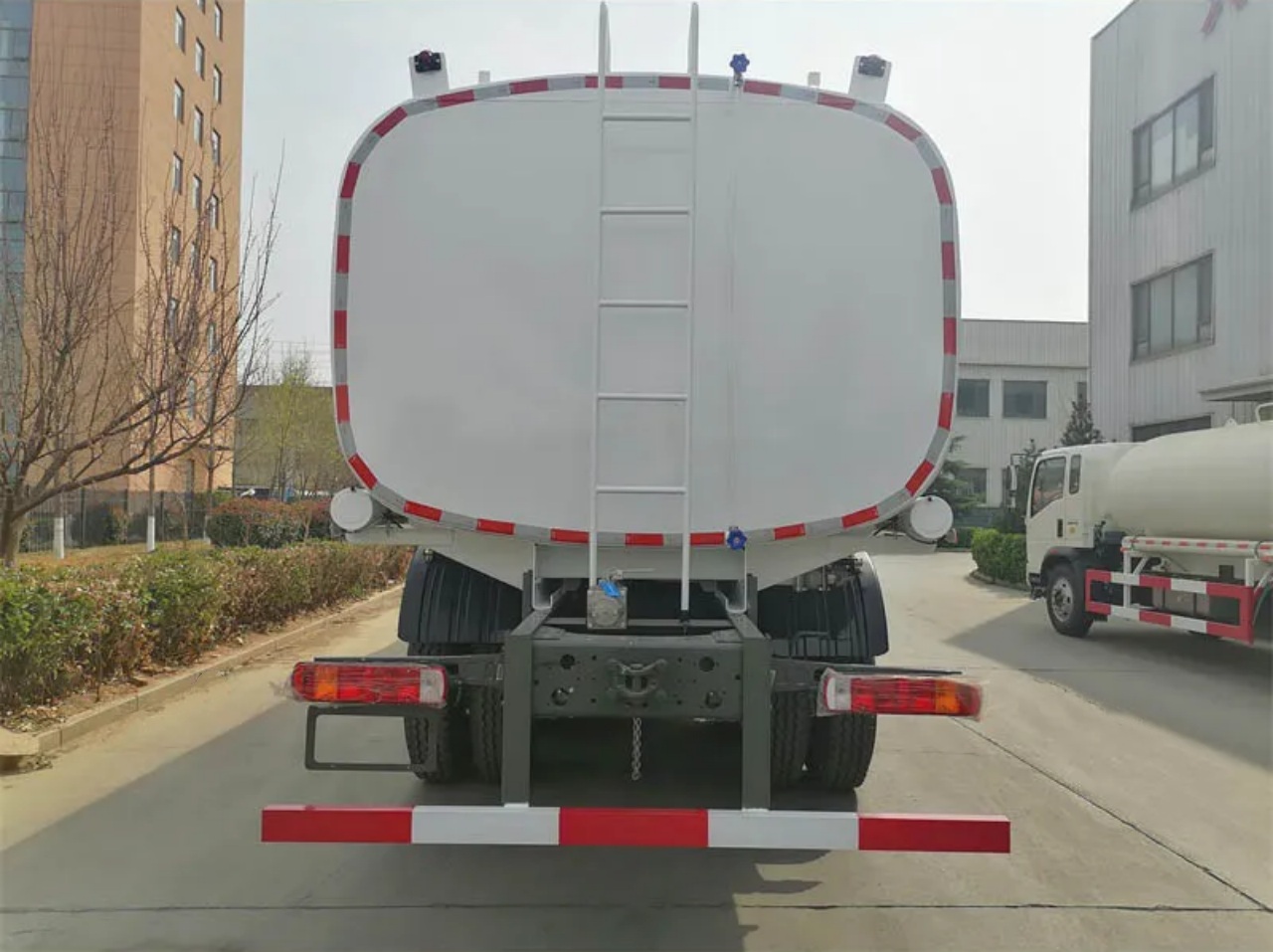Water tankers are specialized vehicles designed to transport and distribute water efficiently. These tankers come in various sizes, configurations, and purposes, depending on their application in different industries. The naming conventions for water tankers vary based on their function, design, and regional terminology. In this article, we will explore the different names associated with water tankers, their types, and their specific uses across various industries.
Common Names for Water Tankers
Water tankers go by several names depending on their function, industry, and geographical location. Some of the most commonly used terms include:
- Water Truck – A general term used for trucks that transport water, commonly used in construction, mining, and agricultural industries.
- Water Bowser – A term widely used in the UK, Africa, and India to refer to water tank trucks, often used for irrigation, firefighting, and potable water delivery.
- Water Tank Lorry – Commonly used in the UK and some parts of Europe, this term describes a truck with a mounted water tank for bulk transport.
- Water Tanker Truck – A widely recognized term in North America and other regions, referring to a truck equipped with a water storage tank for various applications.
- Potable Water Truck – A term used to specify water tankers that carry drinking water for human consumption, ensuring sanitary and contamination-free transportation.
- Fire-Water Tanker – A term used for water tankers specifically designed for firefighting purposes, equipped with high-pressure pumps and hoses.
- Dust Suppression Truck – A specialized term for water tankers used to control dust on construction sites, mines, and unpaved roads.

Types of Water Tankers
Water tankers can be classified based on their design, purpose, and mobility. The following are the main types of water tankers:
1. Rigid Water Tank Trucks
These are self-contained vehicles where the tank is permanently mounted on the truck chassis. They are widely used for road construction, dust suppression, and municipal water delivery.
2. Semi-Trailer Water Tankers
These are large-capacity tankers attached to semi-trucks, allowing for the transportation of significant volumes of water over long distances. They are commonly used for agricultural irrigation, bulk water transport, and emergency water supply.
3. Fire Water Tankers
Designed for firefighting operations, these tankers are equipped with pumps, hoses, and spray nozzles to combat fires efficiently. They are used by fire departments and industries requiring fire suppression capabilities.
4. Potable Water Tankers
These are designed to transport clean, drinking-quality water. They must comply with strict sanitary regulations to prevent contamination. These tankers serve communities, disaster relief operations, and remote areas with limited water access.
5. Dust Control Water Tankers
These tankers are used in mining, construction, and industrial sites to control airborne dust by spraying water over roads and work areas.
6. Agricultural Water Tankers
These are designed for irrigation and livestock watering in rural areas. They play a crucial role in maintaining hydration for crops and animals in arid regions.
7. Military and Emergency Water Tankers
Used by defense and emergency services, these tankers provide essential water supply in disaster-stricken areas, military bases, and remote locations.

Applications of Water Tankers
Water tankers serve a wide range of purposes across various industries. Some of their key applications include:
1. Construction and Road Work
Water trucks are essential for keeping dust levels down on construction sites, compacting soil, and providing water for concrete mixing.
2. Agriculture and Irrigation
Farmers rely on water tankers to irrigate crops and provide drinking water for livestock, especially in regions with limited access to water sources.
3. Firefighting
Fire departments use fire water tankers in rural and urban settings where fire hydrants are unavailable. Industrial sites also use these tankers as part of their fire suppression systems.
4. Municipal and Public Water Supply
Governments and municipalities deploy water tankers to supply potable water to communities facing shortages or contamination issues.
5. Mining and Industrial Use
Mines and industrial facilities use water tankers to control dust, suppress fires, and provide cooling water for heavy machinery.
6. Disaster Relief and Humanitarian Aid
During droughts, natural disasters, and humanitarian crises, water tankers play a crucial role in delivering clean drinking water to affected populations.

Design and Features of Water Tankers
Water tankers are engineered to meet specific operational needs. Some common design features include:
- Tank Material – Made of stainless steel, aluminum, or polyethylene, depending on the type of water being transported.
- Pump System – Equipped with high-pressure pumps for efficient water discharge.
- Spray Nozzles – Used for dust suppression and firefighting applications.
- Baffles – Internal partitions that reduce water movement inside the tank to maintain stability during transport.
- Capacity – Ranges from small 500-gallon trucks to massive 10,000-gallon semi-trailers.
Regulations and Safety Considerations
Transporting water requires compliance with safety and regulatory standards, including:
- Sanitation Standards – Potable water tankers must meet health and safety guidelines to prevent contamination.
- Weight Limits – Trucks must adhere to road weight regulations to prevent infrastructure damage.
- Regular Maintenance – Ensuring that tanks, hoses, and pumps are clean and functional.
- Emergency Preparedness – Fire water tankers should be ready for immediate deployment in emergencies.

Conclusion
Water tankers are known by different names worldwide, reflecting their varied applications and regional terminologies. Whether referred to as water trucks, water bowsers, or potable water tankers, these vehicles play a vital role in construction, agriculture, firefighting, municipal supply, and emergency relief. Their design, capacity, and functionality vary depending on the industry and operational needs. Understanding the different names and types of water tankers helps in selecting the right equipment for specific applications, ensuring efficient and safe water transportation.

